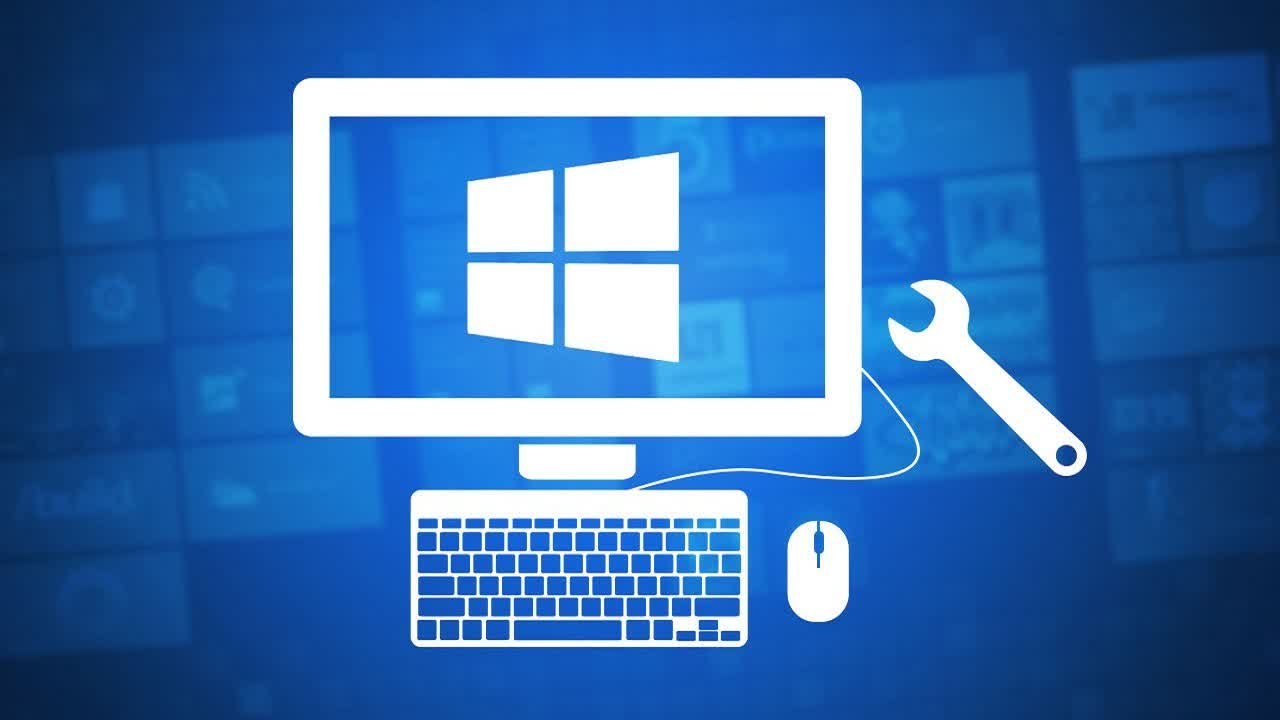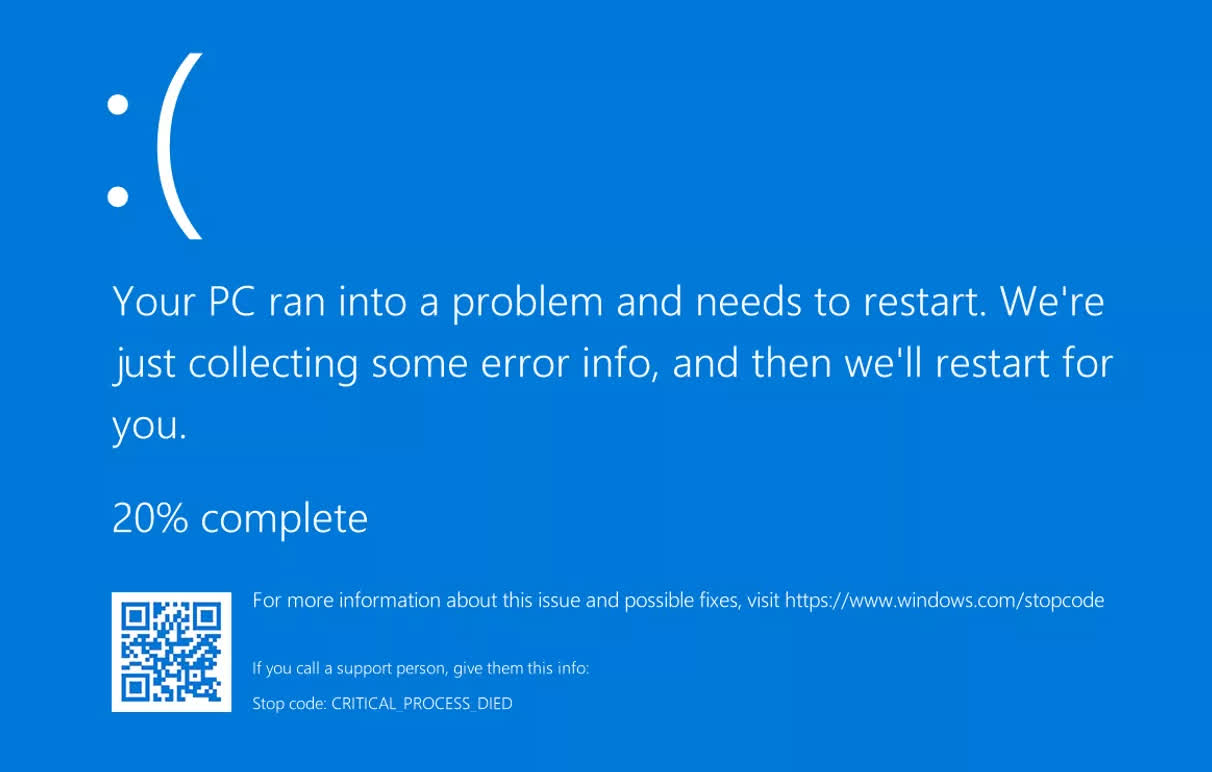Facepalm: Microsoft recently released an optional "improvement" to its operating system through the Windows Update service. Unfortunately, the update made some users' life much harder than expected, especially for video playback and recording operations.
In addition to traditional security updates released through the so-called Patch Tuesday cycle, Microsoft also pushes some non-security "quality improvement" to Windows users willing to test early updates in "Preview" mode. Sometimes things go well, other times issues arise. Early adopters can thus risk losing some important OS features or programs that were working before.
Recent "preview" update KB5027303 left a lot to be desired as users started reporting issues while playing or recording videos after installing it. KB5027303 was initially released on June 27, 2023, bringing the OS build version to 22621.1928 and including a lot of improvements for notification badging on the Start Menu, file sharing through Outlook, live captions in different languages, voice access commands for some English dialects (UK, Australia, etc.), and more.
As highlighted on the Windows Release Health Dashboard, however, KB5027303 also delivered chaos to some Windows users. After installing KB5027303 or later updates, some programs and apps "might fail to playback, record, or capture" video content when using the WVC1 (VC-1) codec. Certain cams might also fail to work if they are designed to use the WVC1 codec by default, Microsoft warns.

The issue was seemingly affecting consumer Windows platforms only, including Windows 11 (22H2, 21H2) and Windows 10 (22H2), and it was acknowledged by Microsoft just a month after the release of the KB5027303 update. The problem was indeed also present in KB5028244, yet another "quality" improvement package released in preview mode on July 25, 2023.
Once the origin of the problem was identified, Microsoft was able to swiftly close the bug in a matter of minutes thanks to the Known Issue Rollback (KIR) feature. KIR was implemented in 2021 as a way to "quickly return an impacted device back to productive use" after a flawed Windows Update release. For enterprise-managed devices, however, sysadmins need to install and configure a special Group Policy designed to deploy a KIR remediation.
Rollback updates might require 24 hours for automated propagation to consumer devices, Microsoft says, and restarting Windows can help as well. The original updates were also temporarily stopped, giving Redmond developers the chance to squash the bug before releasing them again through Windows Update.
